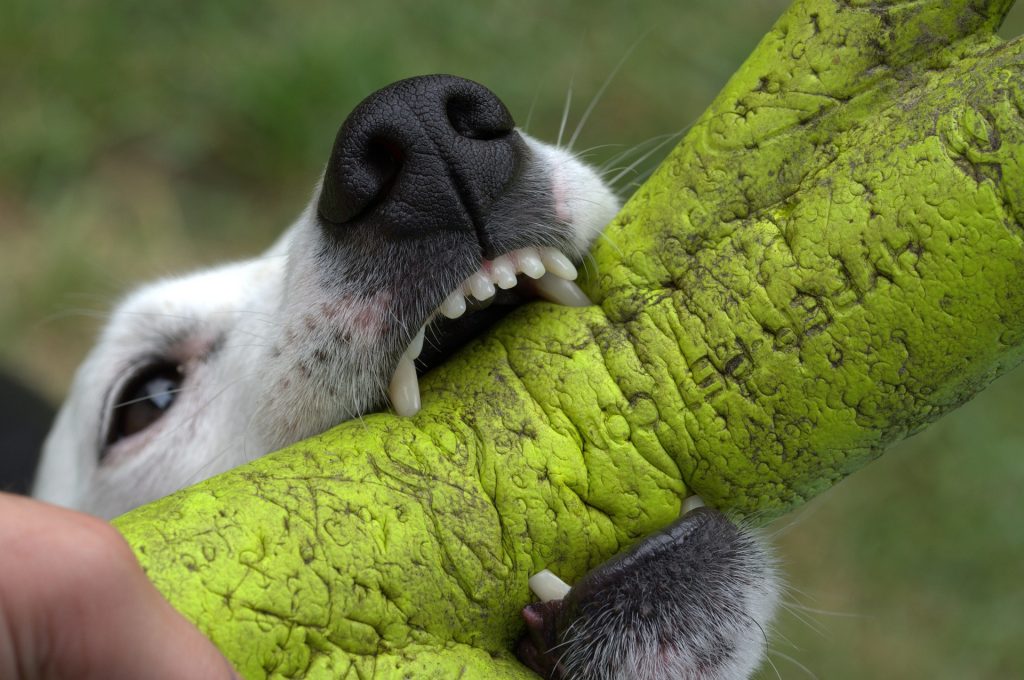Children and dogs are the perfect combination of friendship – but unfortunately dog bites are on the rise. In North America the majority of dog bite victims are often under the age of 14. Dog bites can be prevented by following a few simple rules and teaching children to respect the space of their canine companions. In many instances the bite could have been avoided by simply teaching children the correct manners needed around all dogs from the family pet to those they meet while out in the neighbourhood.
Set them up for success! A few rules to follow when children and dogs meet (also good rules for when any human meets a dog) simply called the never rules.
- Never assume that because the dog is small it will not bite. Even small dogs have sharp teeth and when teeth meet skin damage can occur.
- Never approach a dog that is running loose or off leash.
- Never pet or approach a leashed dog without asking the owner’s permission.
- Never run away from or towards a dog.
- When playing with a dog never
- Drop them
- Squeeze them
- Sit on them
- Jump on them
- Tease them
- Never bother a dog that is sleeping, eating or taking care of puppies.
- Never take a toy or food from a dog.
- Never play tug of war with a dog.
- Never back a dog into a corner, and always treat their space with respect.
- If a dog knocks a child down make sure they know how to curl into a ball (fetal position) and tuck their head in; teach them to lie quietly and very still, until an adult helps them up.
- Always allow a dog to sniff your hand (closed fist) before trying to pet it.
- Always feed a dog by placing the treat in a flat palm, with fingers and thumb forming a cup shape, this helps prevent unintended bites caused by snatching.
- Never leave a child unattended with a dog.
- If approached by an unfamiliar dog teach children to ‘be a tree’. www.doggonesafe.com
If a bite occurs the following information should be gathered and made available to the health care team.
- Name and address of the dog owners
- Vaccine status of the dog
- The medical status of the person who was bitten and their current vaccine history
- What type of attack was it
- Provoked
- Unprovoked
Keep children and dogs safe by ensuring children know the rules; thereby ensuring that the risks of bites will be decreased – protect both children and dogs by keeping them supervised and in control at all times (both children and dogs alike).
